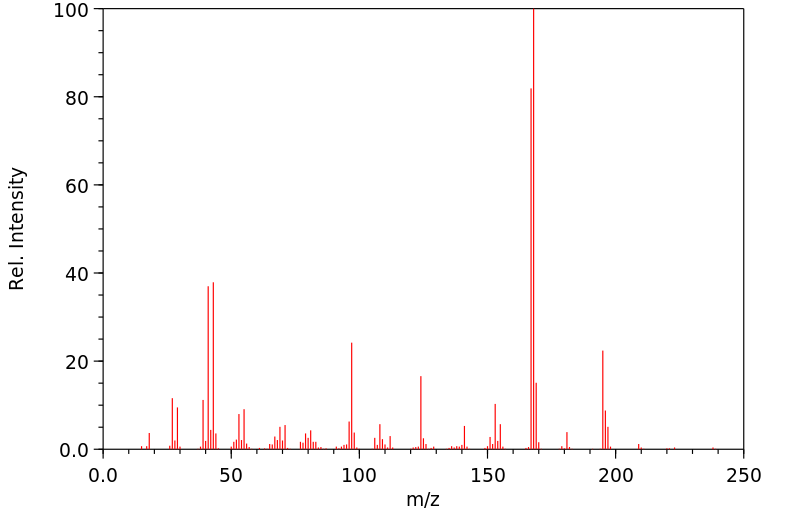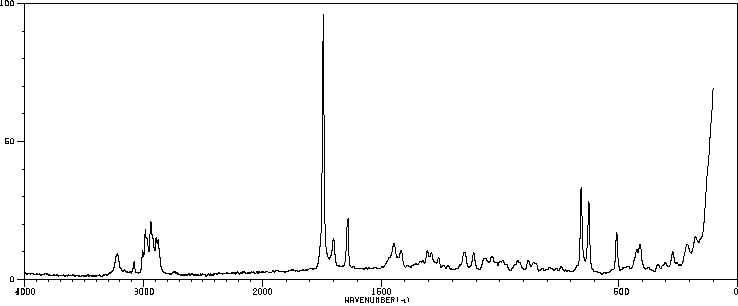代谢
Secobarbital通过肝脏代谢,通过1-甲基丁基取代物的倒数第二个氧化反应,形成5-烯丙基-5-(3'-羟基-1'-甲基丁基)巴比妥酸(羟基司可巴比妥),这是主要代谢物。烯丙基取代物的氧化也可能发生,形成5-[2',3'-二羟基丙基-5-(1'-甲基丁基)]巴比妥酸(司可二醇)。这些无活性代谢物以不变形式或作为葡萄糖醛酸苷结合物从尿液中排出。羟基司可巴比妥还可能进一步氧化为酮或羧酸。C 5位的烯丙基取代物可以被移除,尿液中已经发现了少量由此产生的5-(1'-甲基丁基)巴比妥酸代谢物。
Secobarbital is metabolized by the liver via penultimate oxidation of the 1-methylbutyl substituent to form 5-allyl-5(3'-hydroxy-1'-methylbutyl)barbituric acid (hydroxysecobarbital), the major metabolite. Oxidation of the allyl substituent may also occur to form 5-[2',3'-dihydroxypropyl-5-(1'-methylbutyl)]barbituric acid (secodiol). These inactive metabolites are excreted in urine unchanged or as glucuronide conjugates. Hydroxysecobarbital may also be further oxidized to a ketone or a carboxylic acid. The allyl substituent at C 5 may be removed, and small quantities of the resulting 5-(1'-methylbutyl)barbituric acid metabolite have been found in urine.
来源:Hazardous Substances Data Bank (HSDB)










